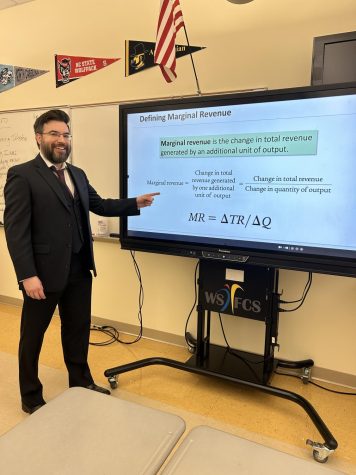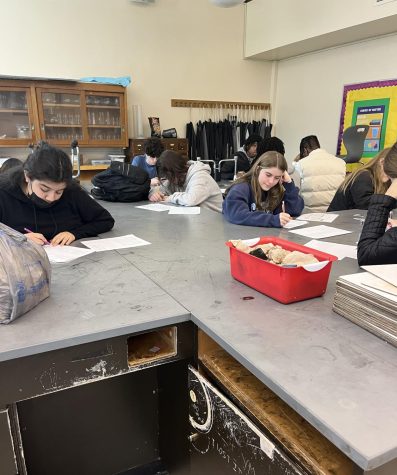New Speaker for 2019

February 23, 2019
By George Binkley
Every two years at the start of a new Congressional session, a new Speaker of the House is elected. For the past four years Paul Ryan, a Republican representative from Wisconsin, has been the Speaker of the House. But on April 11, 2018, Ryan announced his retirement from the position.
The Speaker is the administrative head of the House of Representatives. Ryan said his retirement was to escape the pressure of the job and spend more time with his family.
“Being the speaker is a demanding, all-consuming job, so maybe he potentially wants a break from public life. I wouldn’t count him out of the future, however.” civics teacher Troy Colvard said.
With Ryan out of the picture, and a Democrat majority in the House, Nancy Pelosi took her chance and ran for the position. Her main opponent was Republican Representative Kevin McCarthy. Pelosi, however, pulled ahead and was elected Speaker on January 3, 2019.
Pelosi is a Democratic representative from San Francisco, California. She has been a representative since 1987. She had previously been Speaker of the House from 2007 to 2011.
“The Speaker of the House, especially when from the opposite party of the president, is expected to help plan the important legislation of their party,” Colvard said. “The speaker also gets to decide what bills actually make it to the house floor to be debated and then voted on.”
With Democrats controlling the House and Pelosi being the new Speaker, President Trump will find it hard to implement his agenda.
“Democrats will not support any laws Trump proposes,” sophomore Lauren Fogarty said.
A good example of this would be the issue of the Border Wall. Trump has shutdown the government and is threatening to keep it shut down indefinitely unless the House agrees to fund the Border Wall. The House of Representatives must create all bills concerning the federal budget and they refuse to allocate funds for a border wall.
“Pelosi and the democrats have stated that they want to reopen the government but without funding for Trump’s wall,” Colvard said. “Trump pushes business deregulation, and democrats are passionate about environmental policies that will help curb global warming. These are just a few examples of how a democratically controlled house could upset Trump’s legislative goals.”
Since the government is shutdown, many people are affected and not being paid for their work. A good example of this would be Transportation Security Administration (TSA). Many Transportation Security Administration workers are working without pay. This is slowing down air travel and affecting vacations or business.
Essential government employees must continue working in a shutdown with delayed compensation, potentially causing havoc if they live paycheck to paycheck.
Photo Provided by Creative Commons












